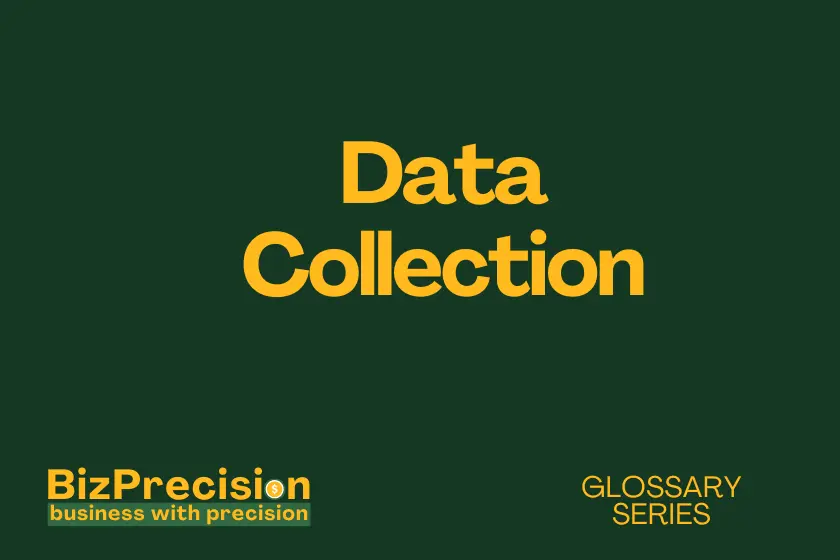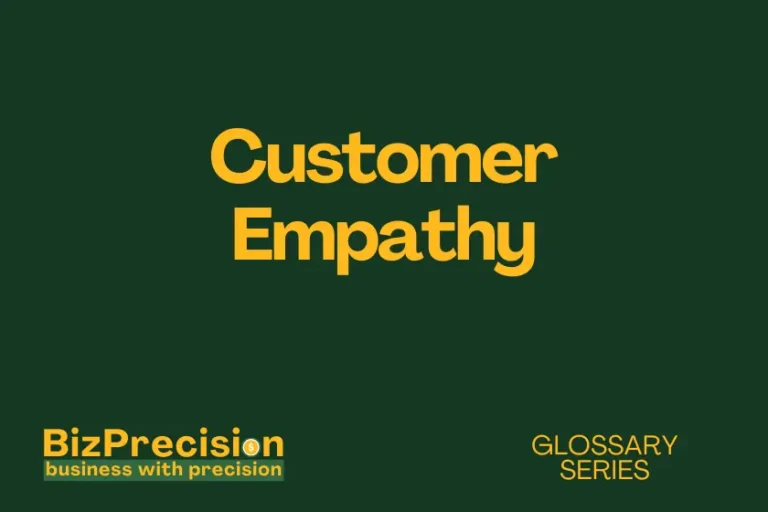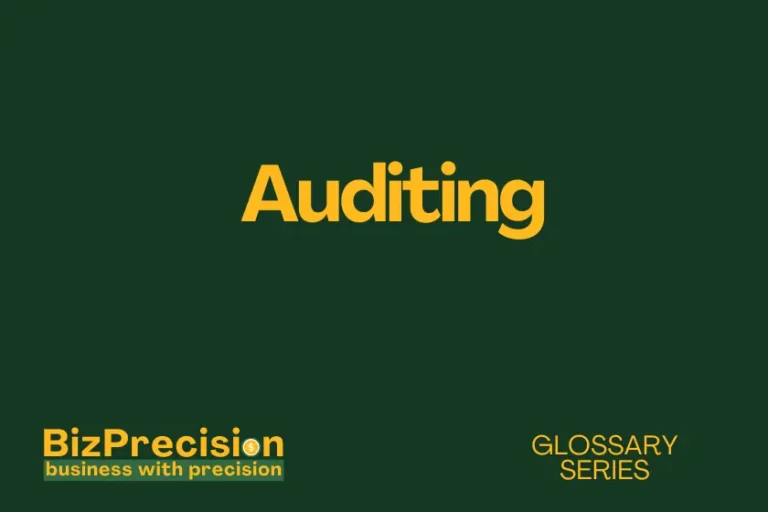What is Data Collection?
Data collection is the systematic process of gathering, measuring, and analyzing information to gain insights and make informed decisions.
Data collection forms the backbone of modern business intelligence. It helps companies transform raw information into actionable insights. According to Gartner’s 2023 Data and Analytics Survey, 87% of businesses now rate data collection as a top strategic priority. This represents a 15% increase from previous years.
Let’s explore how effective data collection can drive your business success and improve decision-making processes.
Fundamentals of Data Collection
Types of Data Collection Methods
Primary data collection puts you in direct control of your information gathering. Through surveys, interviews, and observations, you gain firsthand insights into your target audience. For example, when you conduct customer satisfaction surveys, you receive direct feedback about your products.
Secondary data collection allows you to leverage existing research and databases. This approach saves time and resources while providing valuable context. Think of industry reports and government statistics that help validate your market assumptions.
Each method serves specific purposes in your data strategy. Primary data offers unique insights about your specific situation. Secondary data provides broader market context and trends.
Data Collection Tools and Technologies
Modern digital platforms have transformed how we gather information. Tools like SurveyMonkey and Google Forms make it easy to create and distribute surveys. These platforms also offer real-time data validation and secure storage features.
Traditional methods still play a vital role in certain scenarios. Paper surveys work well in areas with limited internet access. Face-to-face interviews often yield deeper insights than online forms.
The key lies in choosing the right tools for your needs. Consider factors like your target audience’s preferences and technical capabilities. Match your tools to your specific data collection goals.
Data Quality Assurance
Quality checks ensure your collected data remains reliable and useful. Start by implementing basic validation rules in your collection forms. This prevents common errors like incorrect date formats or invalid phone numbers.
Regular data audits help maintain high standards over time. Set up weekly checks to spot inconsistencies or missing information. Train your team to follow standardized data entry procedures.
Remember that bad data leads to poor decisions. Invest time in maintaining data quality from the start. This saves resources and prevents costly mistakes later
Strategic Implementation
Planning Data Collection
Start your data collection journey with clear goals in mind. Define what information you need and why you need it. This helps focus your efforts on gathering relevant data only.
Create a timeline for your data collection activities. Break down large projects into manageable phases. Set realistic deadlines that account for potential delays or complications.
Good planning prevents wasted effort and resources. Think about who will use the data and how they’ll use it. This guides your choice of collection methods and tools.
Data Privacy and Compliance
Today’s data landscape requires strict attention to privacy laws. The General Data Protection Regulation (GDPR) sets clear rules for handling personal data. Similar laws like the California Consumer Privacy Act (CCPA) affect U.S. businesses.
Protect your data subjects’ rights through clear consent forms. Tell people how you’ll use their information. Give them options to access or delete their data.
Build privacy protection into your collection process. Use secure storage solutions and limit access to sensitive information. Regular privacy training keeps your team aware of their responsibilities.
Resource Management
Smart budget planning ensures sustainable data collection efforts. Calculate costs for tools, storage, and staff training. Include contingency funds for unexpected expenses.
Invest in your team’s data collection skills. Regular training sessions keep everyone updated on best practices. This improves efficiency and reduces errors in the collection process.
Monitor resource usage against your project goals. Adjust your approach if costs start exceeding benefits. Keep looking for ways to streamline your collection process.
Maximizing Business Value
Data Analysis and Interpretation
Turn raw data into valuable insights through careful analysis. Look for patterns and trends in your collected information. Use these insights to spot opportunities or potential problems.
Modern analytics tools help make sense of complex data sets. Start with simple spreadsheet analysis for basic projects. Graduate to advanced tools as your needs grow.
Share insights in ways that non-technical team members can understand. Use clear visualizations and plain language. This helps everyone make better use of the collected data.
ROI Measurement
Track the success of your data collection efforts. Measure factors like response rates and data accuracy. Compare the costs of collection against the benefits gained.
Calculate both direct and indirect returns on your investment. Direct returns might include cost savings from better decisions. Indirect benefits could include improved customer satisfaction.
Use these measurements to refine your approach over time. Stop collecting data that doesn’t provide value. Increase efforts in areas that show good returns.
Conclusion
Effective data collection drives better business decisions and growth. By following structured methods and maintaining high quality standards, you create a solid foundation for success.
Start small with clear goals and expand your efforts based on results. Remember to prioritize data privacy and team training throughout the process.
Ready to improve your data collection strategy? Begin by auditing your current methods and identifying areas for improvement. Your journey toward better data-driven decisions starts with that first step.







